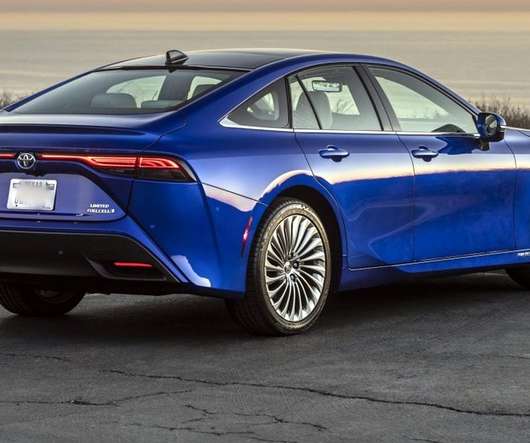Monash study on solar-driven electrolysis for green hydrogen production cautions on life-cycle emissions and EROI
Green Car Congress
AUGUST 23, 2021
of hydrogen is currently produced via water electrolysis and only a fraction of this production is powered by renewable energy. Taking IRENA’s REmap scenario as a reference, renewable hydrogen could deliver 5% of total final energy demand in 2050. According to the IEA, less than 0.1%



























Let's personalize your content